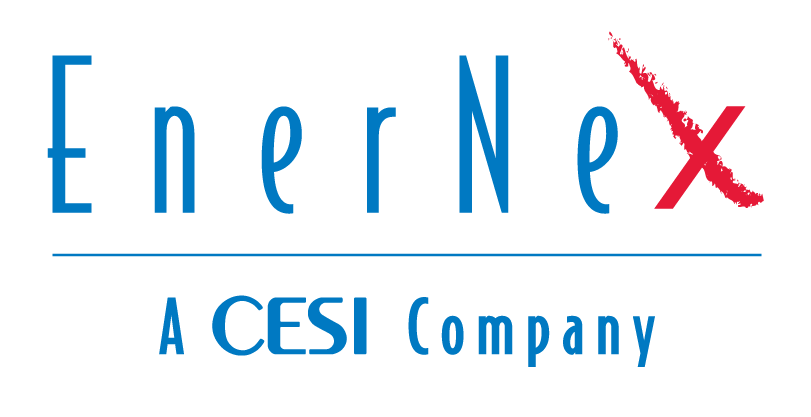Smart Grid Industry Pioneer Known for Advancing Grid Modernization Efforts
June 20, 2016 03:04 PM Eastern Daylight Time
KNOXVILLE, Tenn.–(BUSINESS WIRE)–With deep sadness, EnerNex announces Erich Gunther, co-founder, chairman and chief technology officer of EnerNex, passed away unexpectedly on June 18 at the age of 57.
 Gunther was most well known for his leadership in fostering collaboration among a wide range of stakeholders to accelerate technology adoption in the energy industry, but to those close to him he was also admired for the excitement and passion he exuded. He spent over 30 years designing and developing innovative solutions for a wide array of power system problems, most notably, engineering communications networks and deploying technologies to improve the efficiency, operating practices and security of the electric power system.
Gunther was most well known for his leadership in fostering collaboration among a wide range of stakeholders to accelerate technology adoption in the energy industry, but to those close to him he was also admired for the excitement and passion he exuded. He spent over 30 years designing and developing innovative solutions for a wide array of power system problems, most notably, engineering communications networks and deploying technologies to improve the efficiency, operating practices and security of the electric power system.
In 2003 he co-founded EnerNex, an electric power research, engineering, and consulting firm based in Knoxville, Tenn., with partners Jeff Lamoree and Bob Zavadil, where he was extremely active in grid modernization and automation through the IEEE and other organizations. He consulted with some of the world’s largest utilities and vendors on how to plan, architect, deploy, test and scale Smart Grids from end to end.
Jeff Lamoree, EnerNex CEO, said, “Erich was not only my business partner for many years, but also a trusted and valued friend. His tremendous leadership, vision and passion for the electric power industry had an impact on the community, the country and the world. We are proud of his legacy and the firm will continue to uphold the standards he set for excellence and integrity. All of us will miss him greatly.”
Bob Zavadil, EnerNex executive vice president and co-founder, said, “I am so privileged and thankful for the opportunity to work closely with Erich for almost three decades, as a colleague, business partner, and most of all, a friend. He had a zest for all things in his professional and personal lives, and enriched those who were fortunate enough to cross his path. Our industry has lost a bright light, and we will miss him.”
Gunther was part of the original team that developed EPRI’s IntelliGrid Architecture and helped oversee its development through its first major application at Southern California Edison for the utility’s AMI and Smart Grid programs.
Gunther was a sought-after speaker for his ability to explain complex concepts associated with energy systems to audiences all over the world in a simple, but technically correct manner. His presentations helped to advance the understanding and collaboration necessary to solve real world energy problems. He held leadership roles within and received prestigious recognitions from many of the key grid modernization groups and standards organizations over the years:
- In 2004, Erich was appointed to the U.S. Department of Energy (DoE) GridWise Architecture Council, served as its chairman from 2010-2012 and continued to actively participate as member and chairman emeritus.
- From 2010-2014, he served on the IEEE Power and Energy Society (PES) Governing Board as member-at-large for Smart Grid and was past-chair of the IEEE PES Intelligent Grid Coordinating Committee.
- In 2011, Erich was recognized for his career-long work in the field of electric power quality by being named an IEEE Fellow.
- He was appointed by the National Institute of Standards and Technology (NIST) as a “Disaster Resilience Fellow” in 2014 – a program to bring in industry subject matter experts to provide review and input to their Disaster Resilience Framework.
- He was Chairman of the Board of the Utility Communications Architecture International Users Group (UCAIug), served as Vice-Chairman of the Smart Grid Interoperability Panel (SGIP) board of directors, member of the UTC Smart Networks Council Advisory Board, and was a member of the IEEE Smart Grid Steering Committee.
Gunther was a licensed private helicopter and instrument-rated fixed-wing airplane pilot and aircraft owner, as well as an accomplished home brewer and grill master.
Gunther received his BSEE from Gannon University in 1980 and his Master of Engineering degree in Electric Power Engineering from Rensselaer Polytechnic Institute in 1984.

